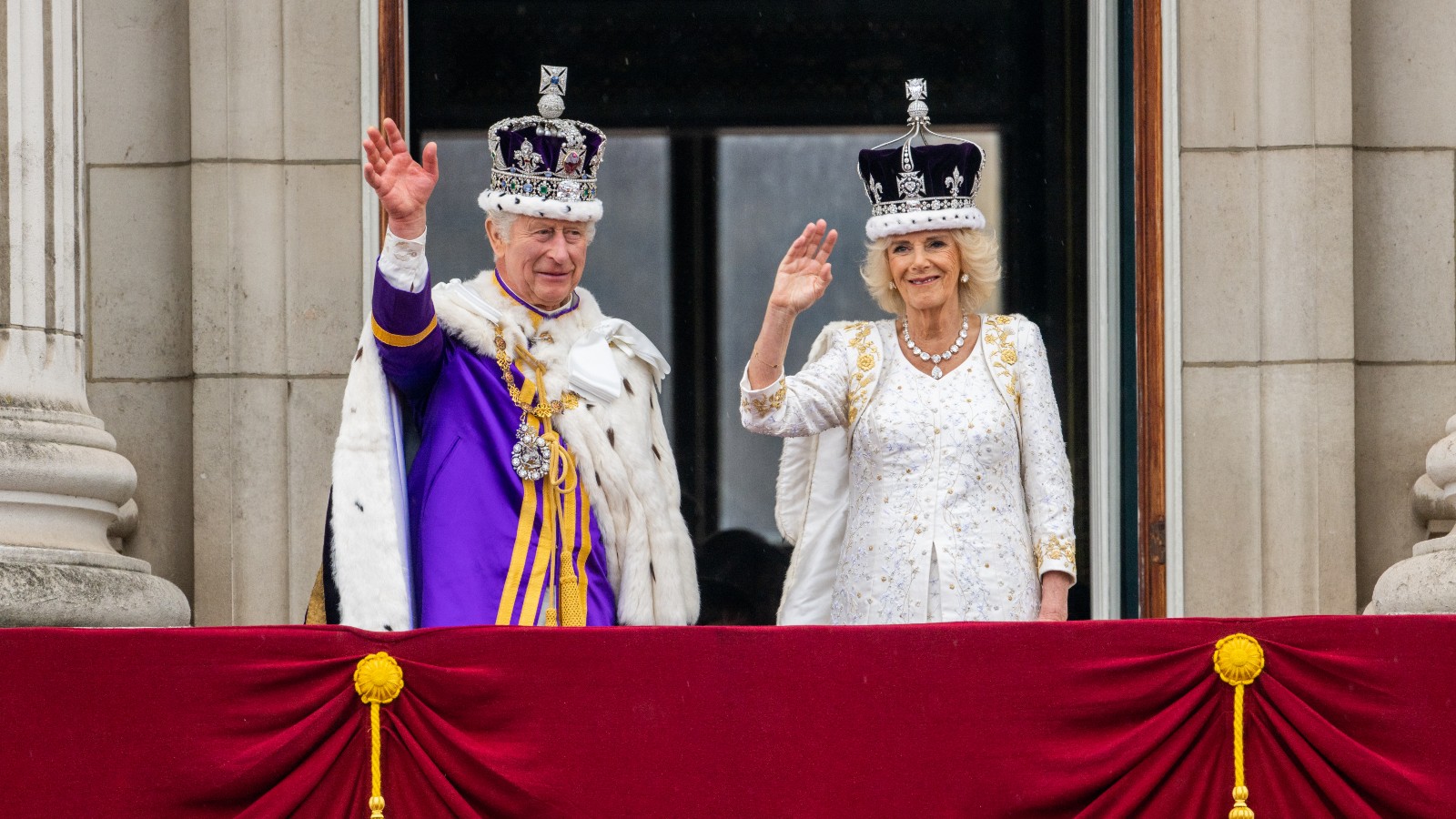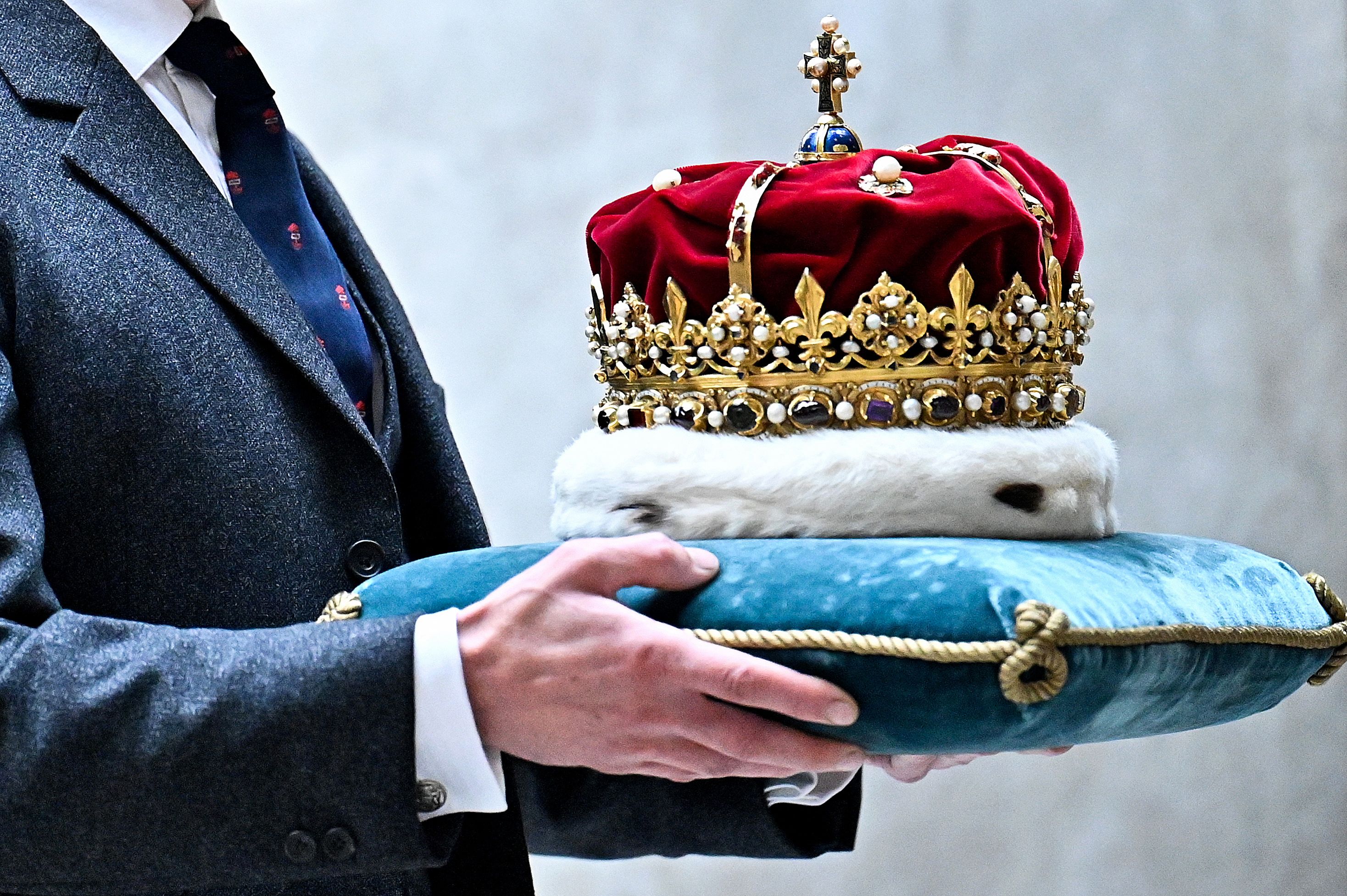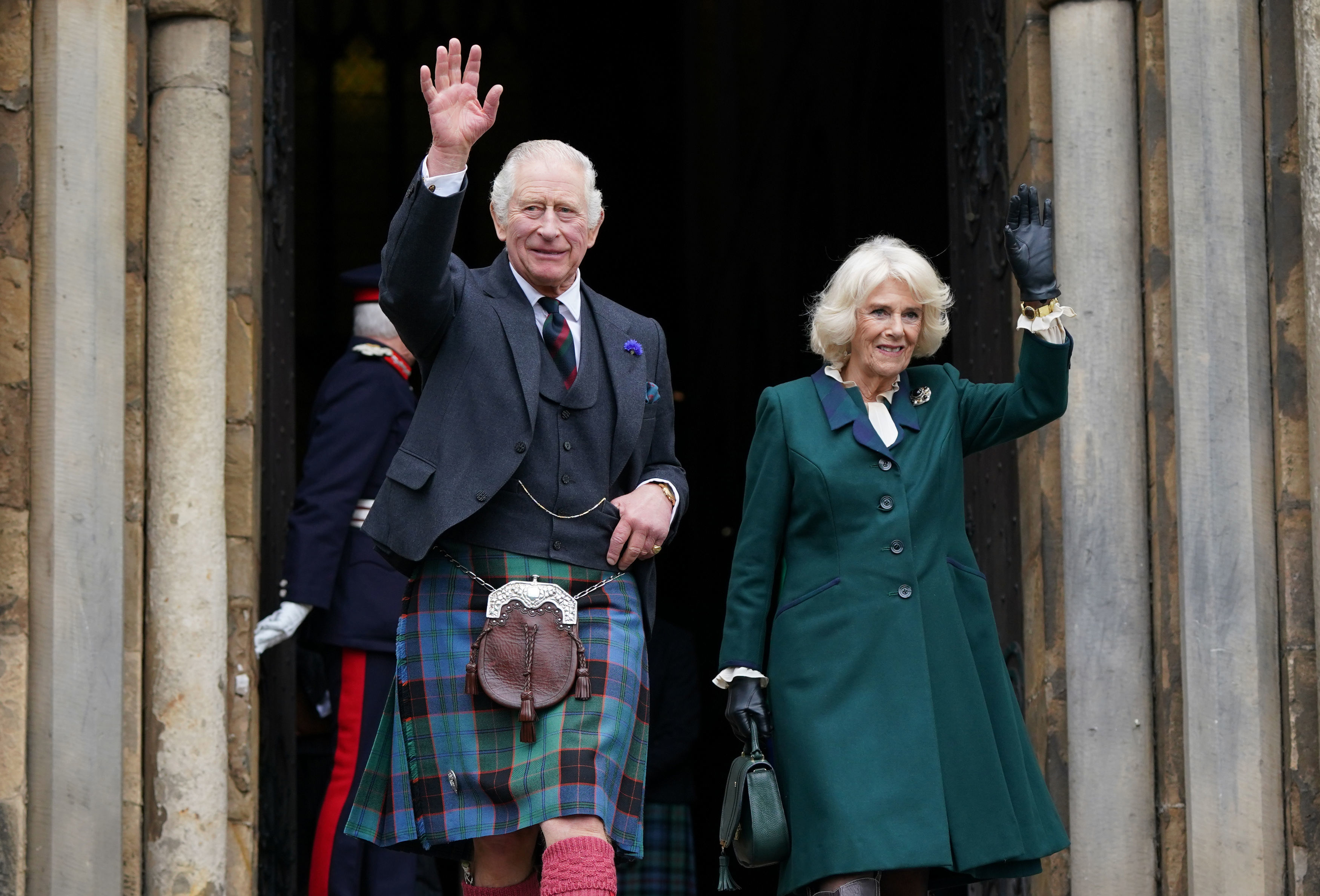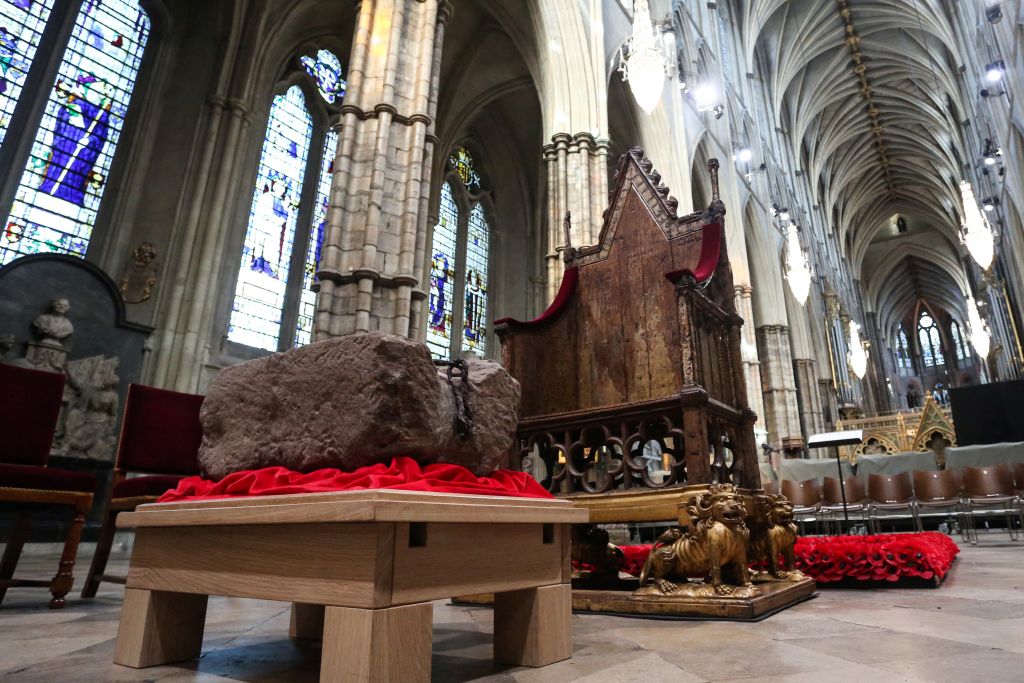
After the historic ceremony which took place in London this May, you’d think the United Kingdom would have run out of pomp and circumstance. Alas, there’s going to be another coronation-related ceremony as King Charles and Queen Camilla mark their coronation year with a special ceremony at Scotland.
- King Charles and Queen Camilla will celebrate with a special coronation ceremony at Scotland
- The special ceremony will include a separate collection of historic crown jewels, which are even older than the regalia used in Westminster Abbey
- In other royal news, Princess Eugenie’s son Ernest shares heartbreaking connection with Princess Lilibet and Sienna Mapelli-Mozzi
Following in the footsteps of his late mother, King Charles’ spectacular coronation at Westminster Abbey will have something of a sequel in Scotland.
The King will be presented with the Honors of Scotland at a national service of thanksgiving at St Giles' Cathedral on Wednesday 5 July.
This ceremony will follow a people's procession on the Royal Mile – something which the late Queen Elizabeth II also did in 1953.

Charles and Camilla will be joined by William and Catherine, the Prince and Princess of Wales, who are known as the Duke and Duchess of Rothesay in Scotland.
It’s unknown if other royals will join at this time.
The Honors of Scotland, the oldest crown jewels in the United Kingdom, are usually on display to visitors at Edinburgh Castle.
Made of gold, silver, and precious gems, they are made up of the crown, sceptre and sword of state.
The crown, the sword and sceptre date from the late fifteenth and early sixteenth century, during the reigns of James IV and James V, the grandfather and father of Mary Queen of Scots.
According to tradition, the silver-gilt sceptre was a gift in 1494 from Pope Alexander VI to James IV, as a mark of papal support for Scotland as a "special daughter" of the Holy See.
The Crown of Scotland’s last big profile appearance came after the death of Queen Elizabeth II. During the Queen’s period of lying-in-state at Scotland’s St Giles Cathedral, the crown was placed atop her coffin.

The Honors will be collected by the procession involving around 100 people representing different aspects of Scottish life, including the Scottish Youth Parliament and representatives from charities including Guide Dogs for the Blind and the Duke of Edinburgh Awards.
The ceremony – while distinctly Scottish in theme – will share some elements from the King’s Westminster Abbey coronation.
For example, the Stone of Destiny will once again play a focal role in the proceedings.

The Royal Procession will travel from the Palace of Holyroodhouse to the Cathedral with a military escort.
The end of the St Giles' service will be marked with a 21-gun salute from Edinburgh Castle before the Royal Procession travels back to the Palace of Holyroodhouse. There will also be a fly past by the Red Arrows following the event.
Queen Elizabeth II performed her Scottish ceremonial duties on June 24, 1953 - just three weeks after her Coronation on June 2.
It’s likely that Charles and Camilla will take a cue from the late Queen and wear “day clothes” for the ceremony. The late Queen did not opt for ceremonial robes, and she was joined by the late Prince Philip who wore a field marshal’s uniform.







